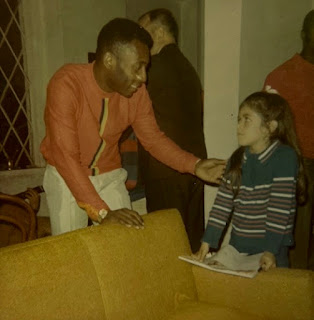Seeing viruses
Courtesy of the usual, pervasive and omnipresent digital technology, the picture you see here is not a drawing but the first, detailed, macroscopic image of the virus and its viral spikes.
The images were produced using cryoelectron microscopy tomography. This generates three-dimensional images similar to those from a CAT scan, but at the level of viruses and molecules rather than tissues and organs.
Seeing the structure of the virus, even if through our digital lenses, will give us a much clearer idea of the pathogen's complex molecular surface architecture that facilitates the infection process. It's like shooting at a target in full light.
As Professor Kenneth Roux (principal investigator of the FSU team) said: "Until now, despite intensive study by many laboratories, the design details of the spikes and their distribution pattern on the surface of the virus membrane have been poorly understood, which has limited our understanding of how the virus infection actually occurs and frustrated efforts to create vaccines"
You may listen to a Nature podcast featuring Prof. Roux






interesting blog.
ReplyDeleteIts good to see how advanced and sophisticated technologies can help us in collecting valuable data that might some day help the researchers in creating vaccines or to uncover the hidden mechanisms. An informative blog that is reflecting the rapid development in the field of medical science.
ReplyDelete